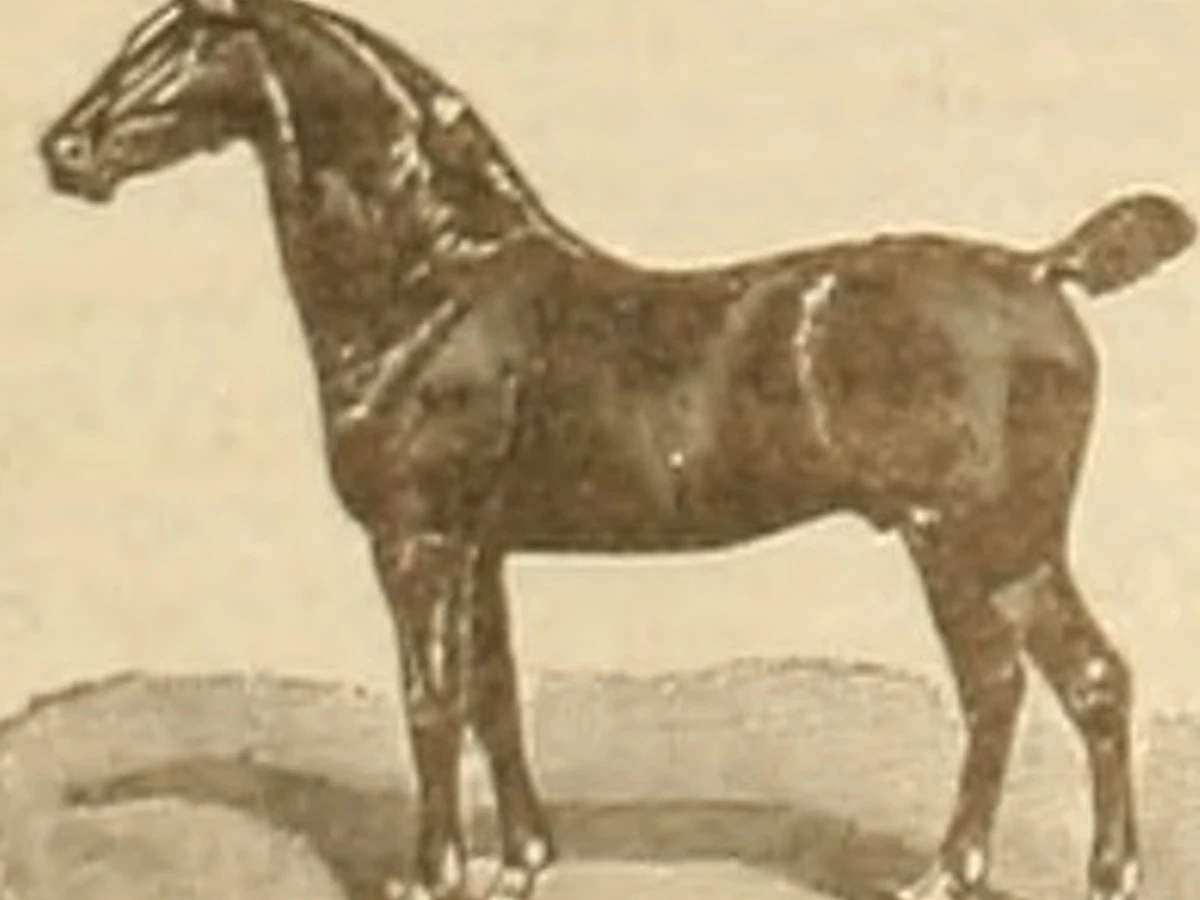From ancient chew sticks to cocktail culture: the surprising journey of the humble toothpick.
In this in-depth history, we trace the object’s earliest precursors, the inventions and materials that shaped its evolution, and the cultural meanings it picked up along the way. Across centuries, small design decisions changed how we eat, travel, dress, and shop—one humble tool at a time.
Origins: Chew Sticks and Ancient Oral Care
Long before the word “toothpick” existed, many civilizations practiced oral hygiene using chew sticks—slender twigs, roots, or fibrous stems that were frayed at one end and used to clean the teeth and freshen the breath. The oldest archaeological evidence comes from ancient Mesopotamia and Egypt, where burial goods and texts mention plant-based tools for tooth care. In the Greco-Roman world, authors referred to small twigs or quills used after meals; in India and the Middle East, the miswak (from the Salvadora persica tree) became both a hygienic implement and a ritual object, praised for its antibacterial properties. Though materials varied—from aromatic woods to soft fibers—the underlying idea was consistent: a simple, portable tool to remove debris and maintain oral health.

Medieval and Early Modern Picks: From Quills to Precious Metals
In medieval Europe, dining etiquette evolved alongside tableware, and personal toothpicks emerged as markers of refinement. Goose quills were common, as were bone and horn. Wealthy diners, however, favored precious materials: silver, gold, and even adorned picks that doubled as status symbols. Portraits and inventories reveal decorative étuis (small personal cases) that held toothpicks and ear spoons, illustrating how grooming tools moved with elites from table to travel. Meanwhile, in East Asia, bamboo and wood remained popular—resilient, renewable, and easy to shape. Across cultures, the toothpick moved steadily from rough twig to crafted object—still humble, but increasingly standardized for polite society.

Industrialization: The Rise of the Wooden Toothpick
The modern toothpick owes much to 19th‑century industrialization. In the United States, Charles Forster famously popularized machine‑made wooden toothpicks after observing high‑quality bamboo picks in Brazil. Partnering with woodworkers in Maine—rich in white birch suitable for smooth, splinter‑resistant sticks—Forster helped transform a handmade novelty into a mass commodity. Ingenious machines split logs into thin slivers, cured and polished them, then cut them to uniform length. Advertising did the rest: Forster reportedly paid restaurant owners to leave toothpicks at tables and even hired people to ask for them in shops, creating demand through social proof. By the late 1800s, the wooden toothpick had become a staple of American dining.

Design Variations and Materials
Standard toothpicks are small—typically around 65–70 mm long—with tapered ends for debris removal. Yet countless variants exist: double‑pointed sticks, single‑pointed with a decorative head, and flat picks favored in some regions for their gentler edges. Materials expanded as well. Bamboo remained important in Asia; plastics appeared in the 20th century (including floss picks that combine a handle with taut filament); metal and reusable silicone versions now appeal to sustainability‑minded consumers. Packaging and safety improved—wrapped, restaurant‑grade picks, flavored options (like cinnamon or mint), and hygienic dispensers that reduce contact.
Etiquette, Health, and the Social Life of a Simple Tool
Toothpicks sit at the intersection of hygiene and etiquette. In many Western settings, using one at the table is fine when discreet; in others it’s considered impolite unless done away from view. Dentists often note that wooden picks can be acceptable for occasional use but should not replace brushing and flossing. Culturally, toothpicks have a life beyond dentistry: they signal the end of a meal, appear in diners and tapas bars, and even become cinematic props that telegraph nonchalance or toughness. Their ubiquity makes them easy to overlook, yet they reveal how technology, taste, and social norms intertwine.
Toothpicks in Food Culture: From Pintxos to Cocktails
Beyond oral care, toothpicks became tiny skewers that changed how we serve food. In Spain’s Basque Country, **pintxos** stack ingredients—anchovy, olive, pepper—secured with a pick. Italian antipasti and American party snacks rely on the same idea: neat bites, clean fingers. In cocktails, a polished pick (often metal or bamboo) holds olives, cherries, or citrus peels, adding flourish and function. The toothpick’s evolution from chew stick to culinary tool shows how a practical implement can become a design element that shapes presentation and ritual.
Curiosities and Fast Facts
- Materials and mechanisms reveal broader industrial trends—when one improved, the other followed.
- Small objects often carry big etiquette rules; what’s polite in one era or region can be taboo in another.
- Mass production standardized dimensions but also inspired niche, artisanal revivals.
- Design changes frequently track public health, safety, and accessibility standards.
Conclusion
The History of the Toothpick is more than a footnote of design history. It’s a case study in how simple tools absorb innovation, shape everyday rituals, and reflect the values of their time. From raw materials to refined mechanisms, the object’s journey shows how a little ingenuity goes a very long way.
Next time you encounter one, consider the craftsmanship and cultural layers packed into such a small thing.
